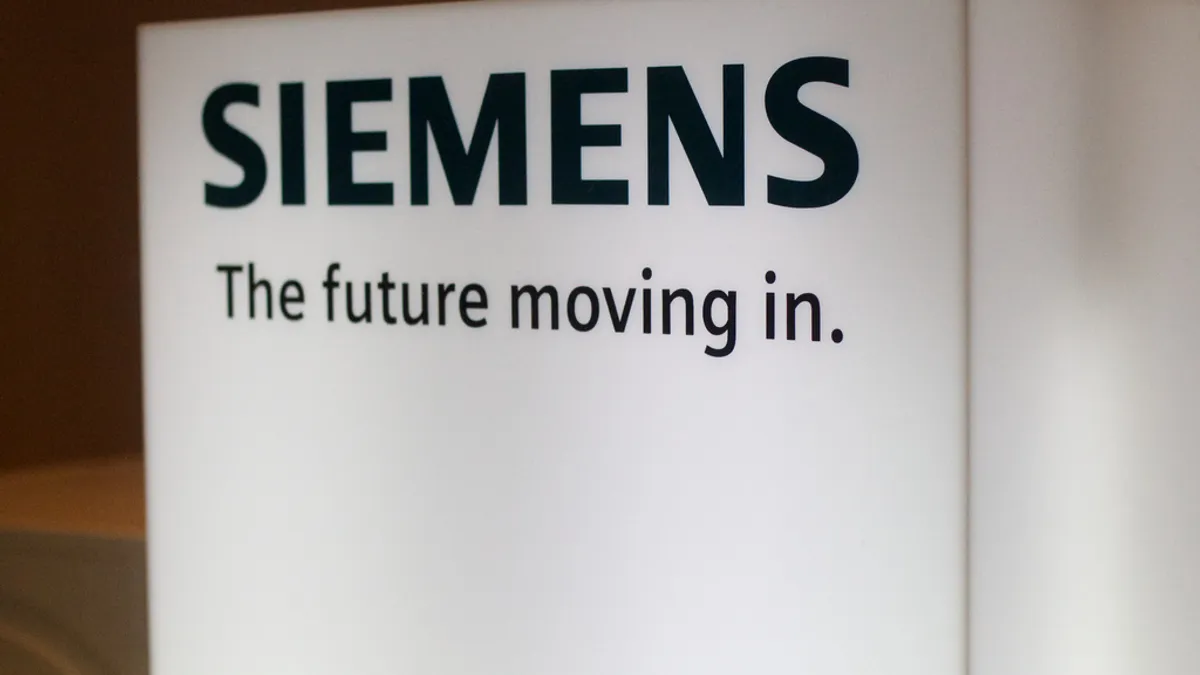Dive Brief:
- Siemens, headquartered in Berlin, is brining its own tool to the battle against the skills gap: the German apprenticeship model. In response to the dearth of skilled workers, Siemens U.S. has adopted the European model at locations in nine states, Fortune reports.
- Working with the basics of the company’s European model, students who are in school will be paid while gaining on-the-job training at the company. The company sponsors students for several years, saying that students can graduate with a degree, a job and no debt. "It’s not white collar or blue collar. It’s that new collar, middle skills section of the economy," Siemens U.S. CEO Barbara Humpton told Fortune.
- In addition to helping students learn marketable skills, the company works with them to design curriculum that fits the company’s needs.
Dive Insight:
With skills shortages, new limitations on hiring foreign nationals and a low unemployment rate, the war for talent is forcing companies to look for creative solutions to maintain headcount. Apprenticeships — including the model currently used in Europe — have garnered a great deal of attention from both the current administration and private business leaders throughout the U.S as a way to build the workforce and help employees circumvent expensive college programs.
The U.S. Department of Labor (DOL) is working to develop apprentice programs across industries, even in perhaps unexpected sectors, like the food industry. Even traditionally white-collar jobs are seeing a rise in apprenticeships.
Many questions still remain about how DOL's format will scale. Some employers have opted to collaborate with local community colleges, universities and trade schools to tailor programs that not only help businesses create a talent pipeline to maintain headcount, but potentially even provide for future industry growth.












